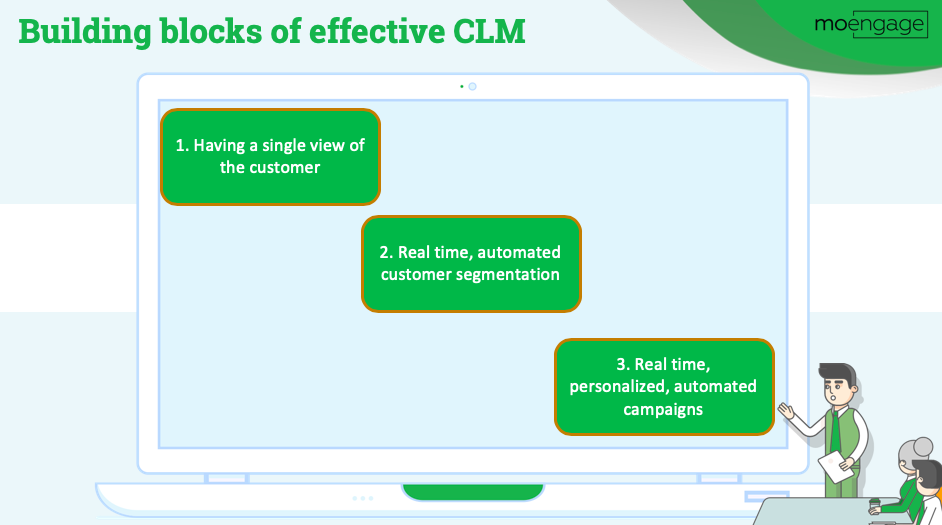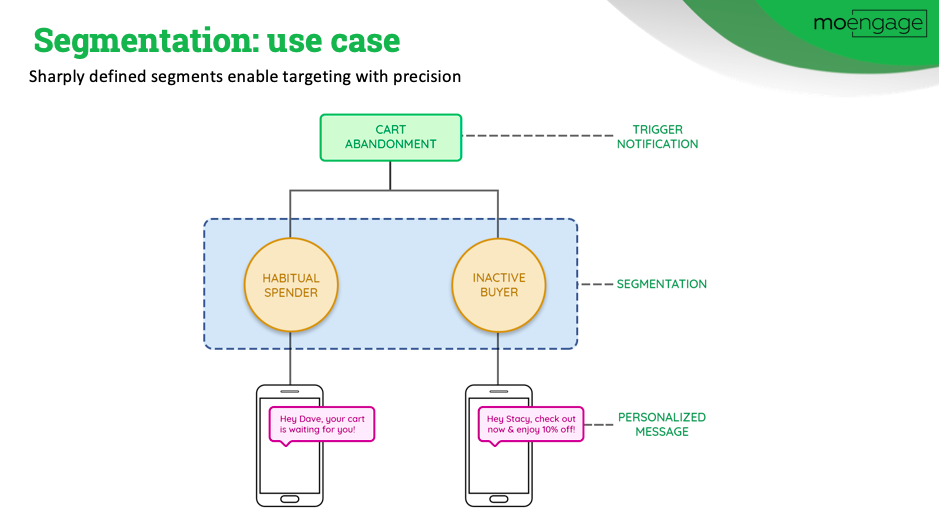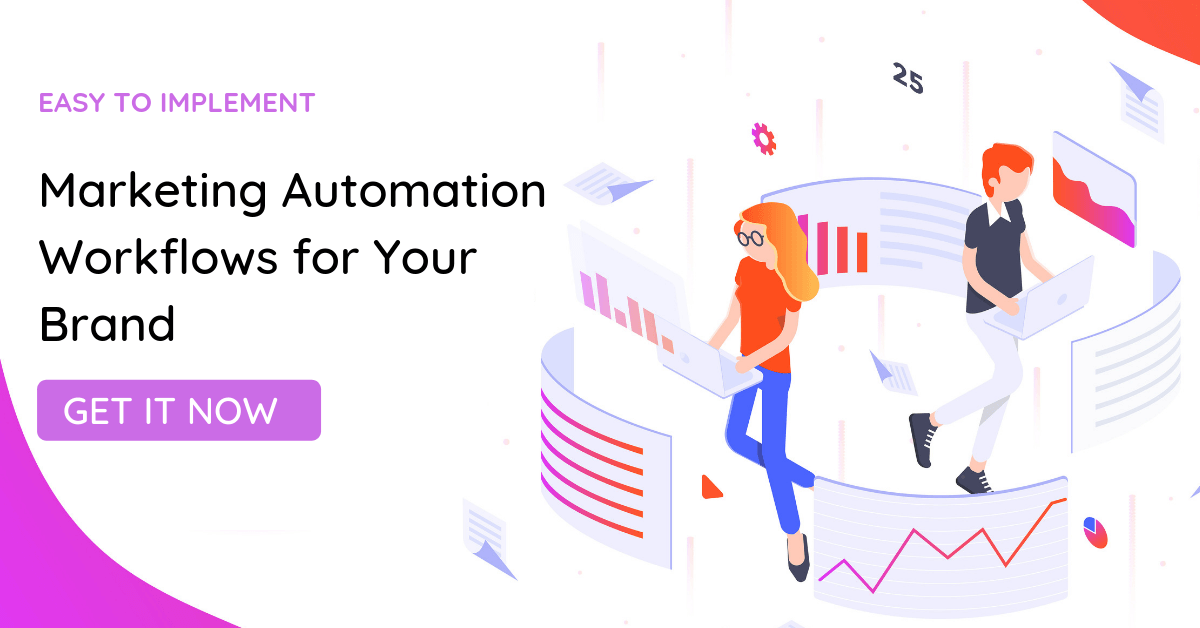Customer Lifecycle Management Best Practices For Mobile Marketers with Ashish Khatri

Reading Time: 6 minutes
Anything special or precious is hard to get but harder to look after. Be it a vintage car or, why even love! Customers are no different.
Today, one of the biggest challenges in the mobile-first world is customer engagement and retention, and in lieu of this, Ashish Khatri shared winning Customer Lifecycle Marketing practices during a MoEngage webinar.
You can continue reading this wrap-up blog or you can take a look at the webinar recording here.
Ashish Khatri has over 18 years of experience driving business goals for companies like Amazon Prime Video, Vodafone, ICICI Bank, and Reliance Jio. He has been instrumental in setting up digital marketing and engagement strategies for them and is currently working as an independent marketing consultant.
| Bonus Content
👉 Customer Lifecycle Marketing Campaigns: An In-depth Guide [Download Ebook] 👉 Beginner’s Guide to Omnichannel Marketing for 2021 [Download Ebook] |
Why is Customer Lifecycle Management (CLM) gaining prominence?
Ashish sets the context for CLM by stating some of the fundamental reasons for the growing significance of CLM.
- Disruption in the industry: Mobile proliferation and technological advancement have made disruption almost inevitable and constant in the world of business and while industries are in the process of adapting themselves to this dynamic digitally centered world, they‘re continuously being challenged by new use cases, new tools, and more.
- Customer retention is a bigger problem: Initial investment and freebies can help acquire customers, but retaining customers in a competitive market is what businesses are struggling with. Studies show that only 29% continue to be active customers after the first three months.
- Multiple apps at work: In a burgeoning app economy, multiple apps are competing for the limited mindshare of the customer, who based on needs and situations will quickly app-hop from one app to the next.
- Influenced by hyperactive US and China markets: The parent companies of some businesses are based in mobile hyperactive markets like the U.S. and China. These businesses are exporting some of their best engagement practices to India. Indian customers are therefore getting exposed to these competitive practices and hence there’s a rising need for companies to match this benchmark.
- Mobile Internet penetration: The mobile adoption curve suggests that the consumption pattern of the next 200-300 million people online will be quite different from that of the early adopters. They are more likely to absorb content that isn’t text-heavy like videos and use more voice search rather than text search, mainly due to literacy issues. English will take a backseat and businesses will need to focus on vernacular languages.
The main focus of brands is to steer the customer journey in a manner that maximizes customer lifetime value. The CLM framework forces brands to think of the customer journey as a series of steps and to tap into the pain points a customer faces at different stages of the onboarding journey. This enables brands to recognize the work they need to do to take the customer from point A to Point B.
The Building Blocks of Effective Customer Lifecycle Management

Here are some prerequisites an organization needs to have in place before setting up a CLM practice:
A Single View of Customer: A 360-degree view of a customer will enable brands to keep in touch with the customer throughout the onboarding journey.
A single data mart that syncs offline and online transactions and records customer behavior at various touchpoints will help organizations use the right CLM approach for the right customer.
The messages sent to the customer, the calls and emails made to and by the customer, all need to be recorded in the same data mart so that the organization and customer are on the same page. This further enables companies to send the right messages to the right customers at the right time through the right channels.
Real-time Automation of Customer Segmentation: The entire customer behavior right from the time of installation to uninstallation is captured, and this helps organizations segment their customers further and target them with the right campaigns.
Apart from commonly used segmentation variables like the devices used by the user or the products the user has bought or shown interest in, Ashish shares a very recent segmentation model called – RFM segmentation.
RFM stands for Recency (the recent activity of customer), Frequency (number of purchases), and Monetary value (aggregate value of purchases made) – It divides the customer base into multiple actionable segments. Brands can track their power customers or previous users or users who are showing signs of attrition. The RFM model can help trigger actionable campaigns from a customer engagement point of view.
To ensure that campaigns have a significant impact on business metrics, Ashish suggests getting the segmentation essentials right in the following ways:

- Micro-segmentation: With a widely diverse customer base, carpet bombing segmentation has lost relevance, and brands today prefer a more granular form of customer segmentation.
- Real-time Segmentation: The need to catch customers at all critical touchpoints, like cart abandonment, in real-time is vital. The capture of real-time data provides the opportunity to create automated campaigns that go out to the respective customer in a few minutes with a relevant message.
- Automated Segmentation: Automatic creation and execution of campaigns based on use-case scenarios
For more on behavioral segmentation, you can take a look at our article on event-based targeting.
Real-time Automated Campaigns: In a mobile-first market, Ashish suggests push notifications as one of the best practices for mobile customer engagement.
In fact, it will be interesting to know more about push notification best practices.
What are the things to keep in mind while framing a Push Notification Campaign?
User behavior takes center stage: The customer already has limited mindshare and is the target for many apps and notifications. In order to get the desired response, messages need to be relevant to the customer and so, being in sync with user behavior at every step in the customer journey helps to a great extent.
Timeliness: The push notification is based on the here-and-now action of the customer, so getting the time right is critical. Ashish cites examples of food or content apps that choose the later part of Fridays for notifications about things to do on the weekend.
Continuous optimization through A/B testing: Brands optimize their push notification campaigns for best results based on a testing calendar for testing messages, CTAs, and rich media messages vs. plain text messages.
Set Measurable Goals: Organizations set goals based on the business metrics they want to move; for example, higher retention might be the goal for an e-commerce app, and higher conversions are what a subscription app might focus on. The key is to tie the goal down to a specific business metric that matters and then track the same.
Identify High-Value Actions (HVA) Linked To Business Goals: Brands identify which specific customer behavior will help them achieve their goal. For example, an e-commerce app that is trying to address the 30-day retention challenge finds data suggesting that customers who complete two purchases in the first 30 days are more likely to remain active after 30 days. These two purchases are the high-value actions the app needs the customer to complete.
Design campaigns that nudge customers towards the HVA: What can a brand do to get customers to complete the HVA? A welcome message, an offer, or a discount coupon are some of the things brands try to get the customer to make a purchase or complete the respective HVA.
Brands should lay greater emphasis on the data points that will help personalize the user experience to a great extent and the significance of varying onboarding flows according to the acquisition funnel used and vice versa; this, he says, will increase brand awareness among first-time customers.








